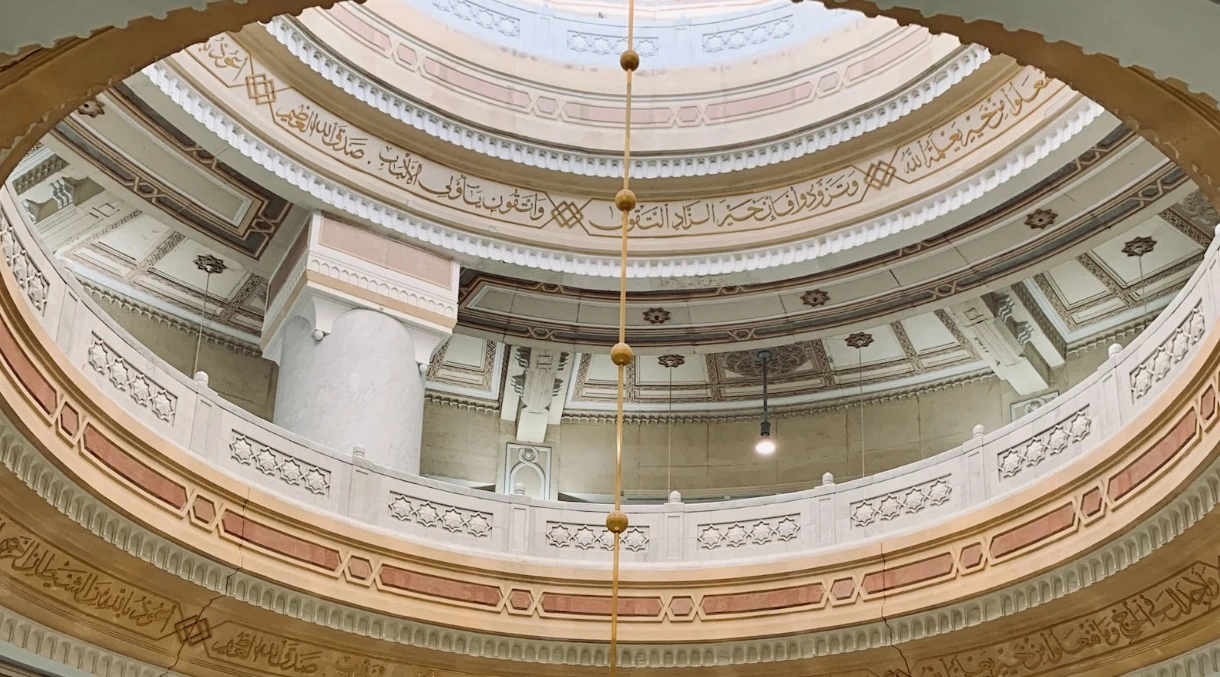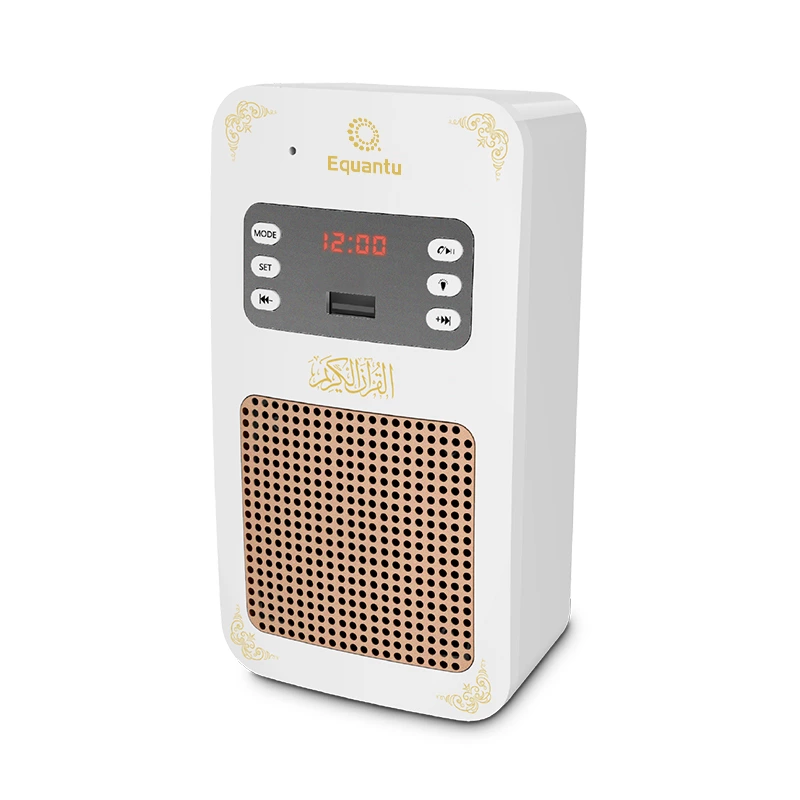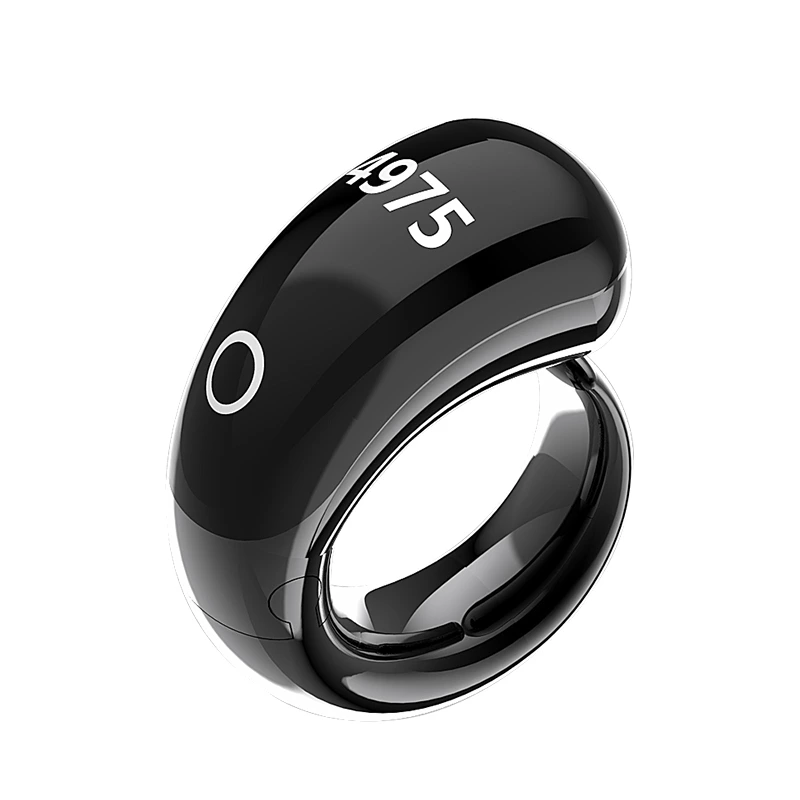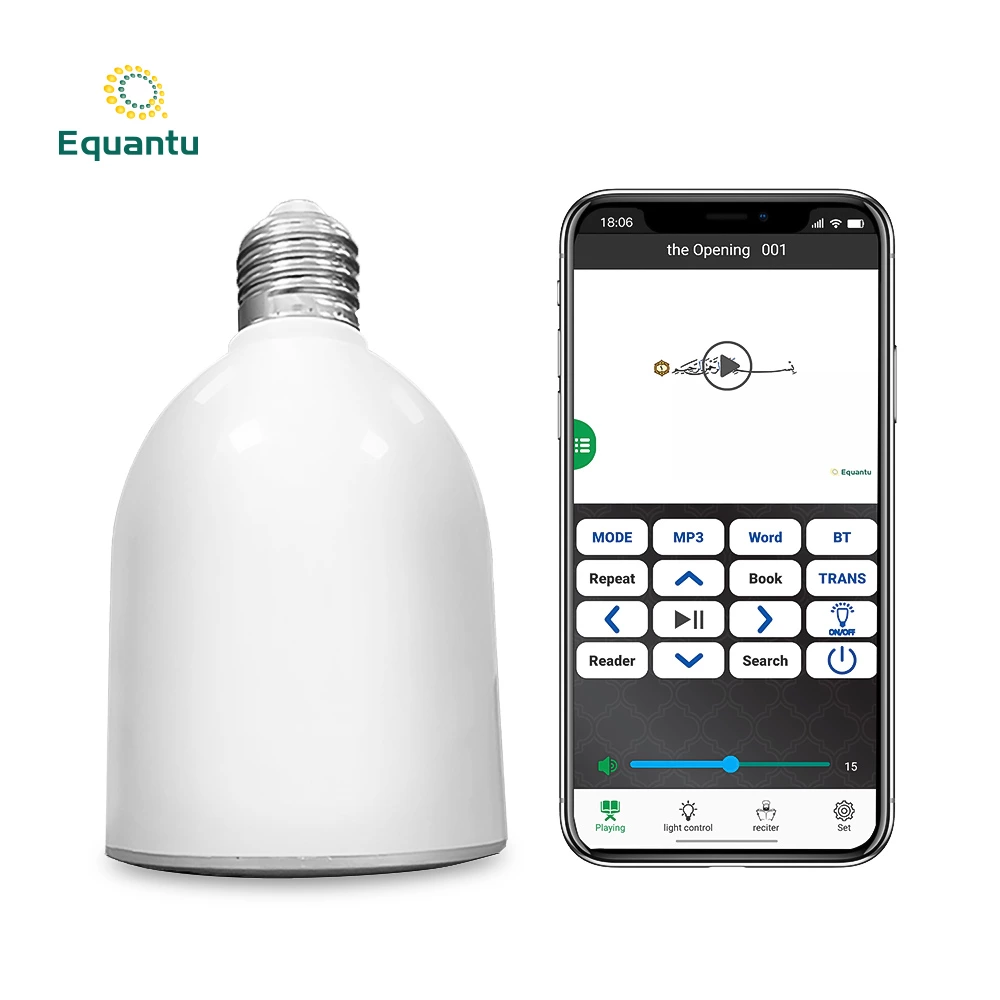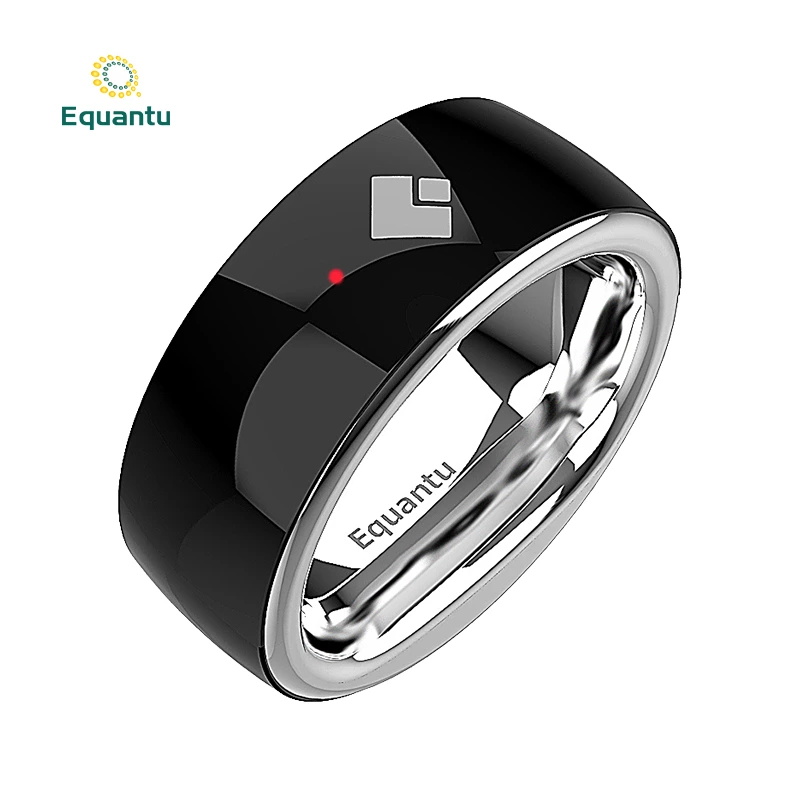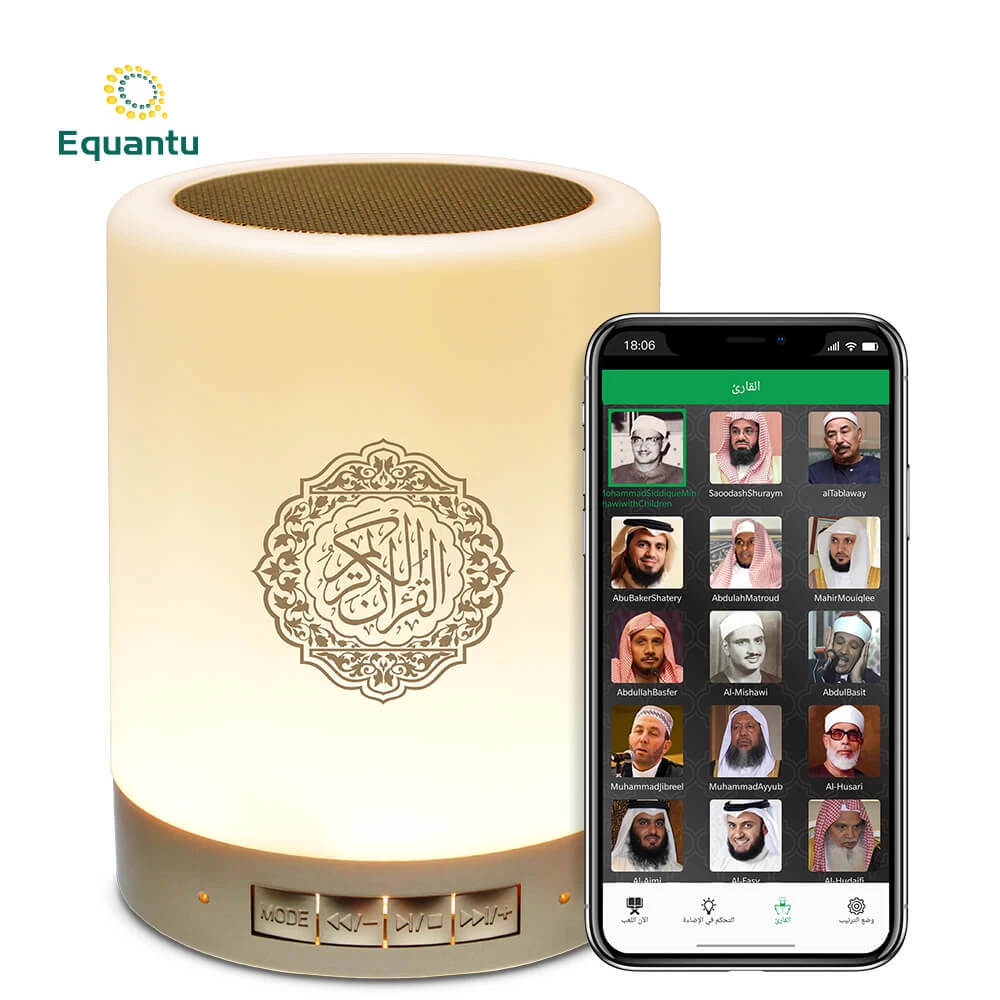Kufic: The Foundational Script
Kufic is one of the oldest styles of Arabic calligraphy, originating in the city of Kufa in present-day Iraq during the early Islamic period. Characterized by its angular and geometric shapes, Kufic was predominantly used in the transcription of the Quran and architectural decorations. Its bold and structured appearance made it ideal for monumental inscriptions and sacred texts, symbolizing strength and stability.
Naskh: The Elegant and Readable Script
Naskh, meaning "to put in order," is renowned for its clarity and elegance. Developed in the 10th century, this script is widely used for writing books, official documents, and the Quran. Its rounded and flowing letters make it highly legible, which is why it became the standard script for printing Arabic texts. Naskh's versatility and aesthetic appeal have made it a favorite among calligraphers and designers.
Thuluth: The Grandiose and Ornate Script
Thuluth, meaning "one-third," is known for its large, cursive letters and elaborate decorative elements. Originating in the 7th century, Thuluth was primarily used for architectural inscriptions, such as those found in mosques and palaces. Its dynamic and fluid lines create a sense of movement and grandeur, making it a popular choice for artistic and ceremonial purposes.
Diwani: The Decorative Ottoman Script
Diwani, developed during the Ottoman Empire, is a highly decorative and intricate script. Known for its complexity and ornate flourishes, Diwani was often used for official documents and royal decrees. Its compact and intertwining letters create a mesmerizing visual effect, reflecting the sophistication and elegance of Ottoman art.
Ruqa'ah: The Practical and Swift Script
Ruqa'ah is a simple and swift script that emerged in the 19th century. Its straightforward and compact form makes it ideal for everyday writing and informal communication. Widely used in personal correspondence and administrative tasks, Ruqa'ah's practicality has ensured its continued relevance in modern times.
Modern Styles and Innovations
Contemporary Arabic calligraphy has seen the emergence of new styles that blend traditional techniques with modern aesthetics. Artists experiment with abstract forms, digital tools, and unconventional materials to create innovative pieces that push the boundaries of traditional calligraphy. These modern styles reflect the dynamic nature of Arabic calligraphy, keeping it relevant in today's artistic landscape.
Islamic Calligraphy in Modern Worship Tools
Modern Islamic worship tools, such as Quran speakers and Zikr rings, often feature elegant calligraphic designs that reflect the artistry of Islamic calligraphy. The precision and beauty of the script enhance the aesthetic appeal of these products, making them not only functional but also spiritually significant. By incorporating major calligraphic styles into these tools, manufacturers honor the tradition while catering to contemporary tastes.
Conclusion
The major styles of Arabic calligraphy each offer unique characteristics and serve different purposes within Islamic art and culture. From the structured Kufic to the ornate Diwani, each style contributes to the rich tapestry of Islamic calligraphy. By understanding these styles, one can better appreciate the artistic and spiritual significance of calligraphy in both historical and modern contexts. The incorporation of these styles into modern worship tools like Quran speakers and Zikr rings ensures that the legacy of Islamic calligraphy continues to thrive.
